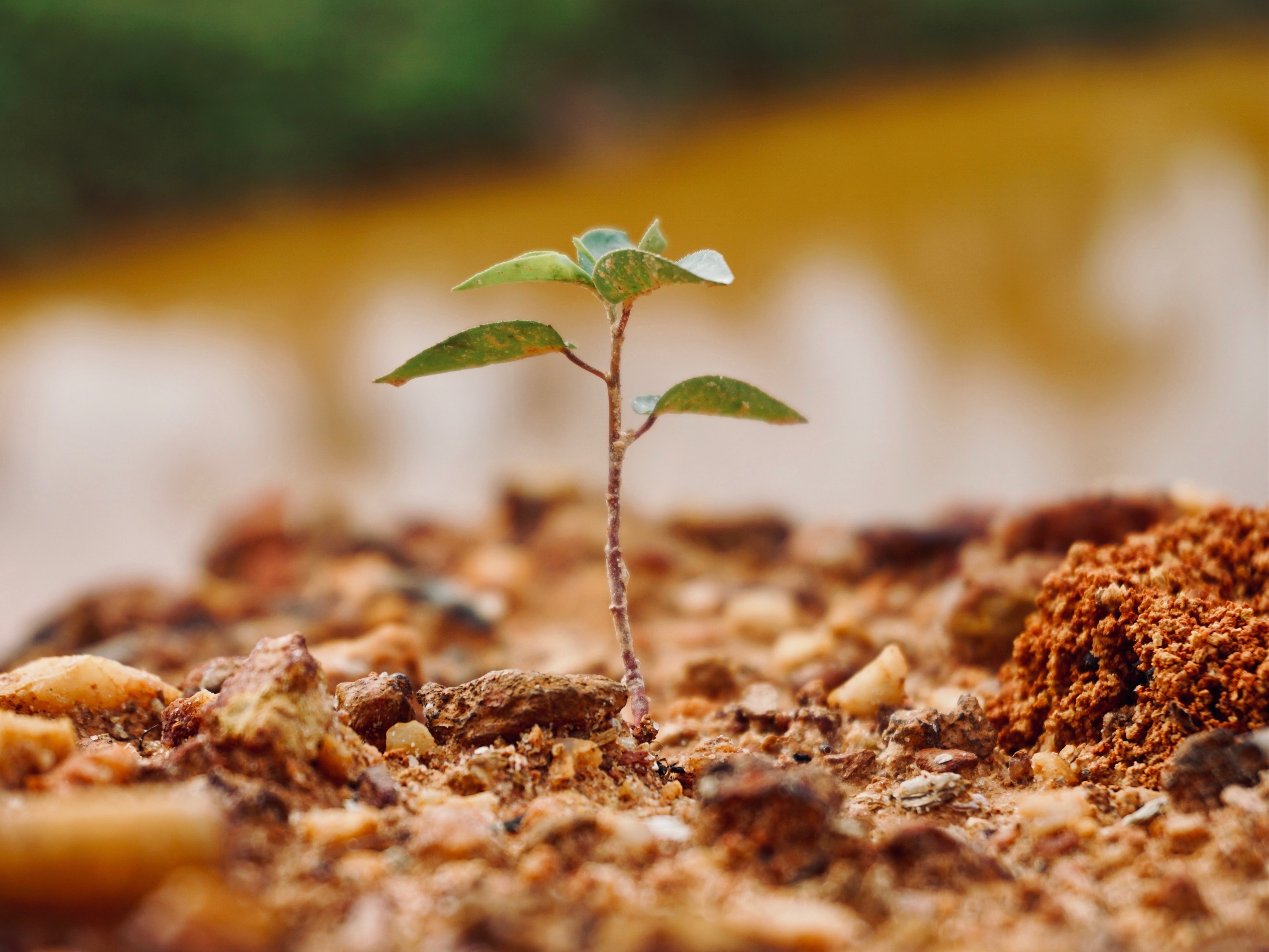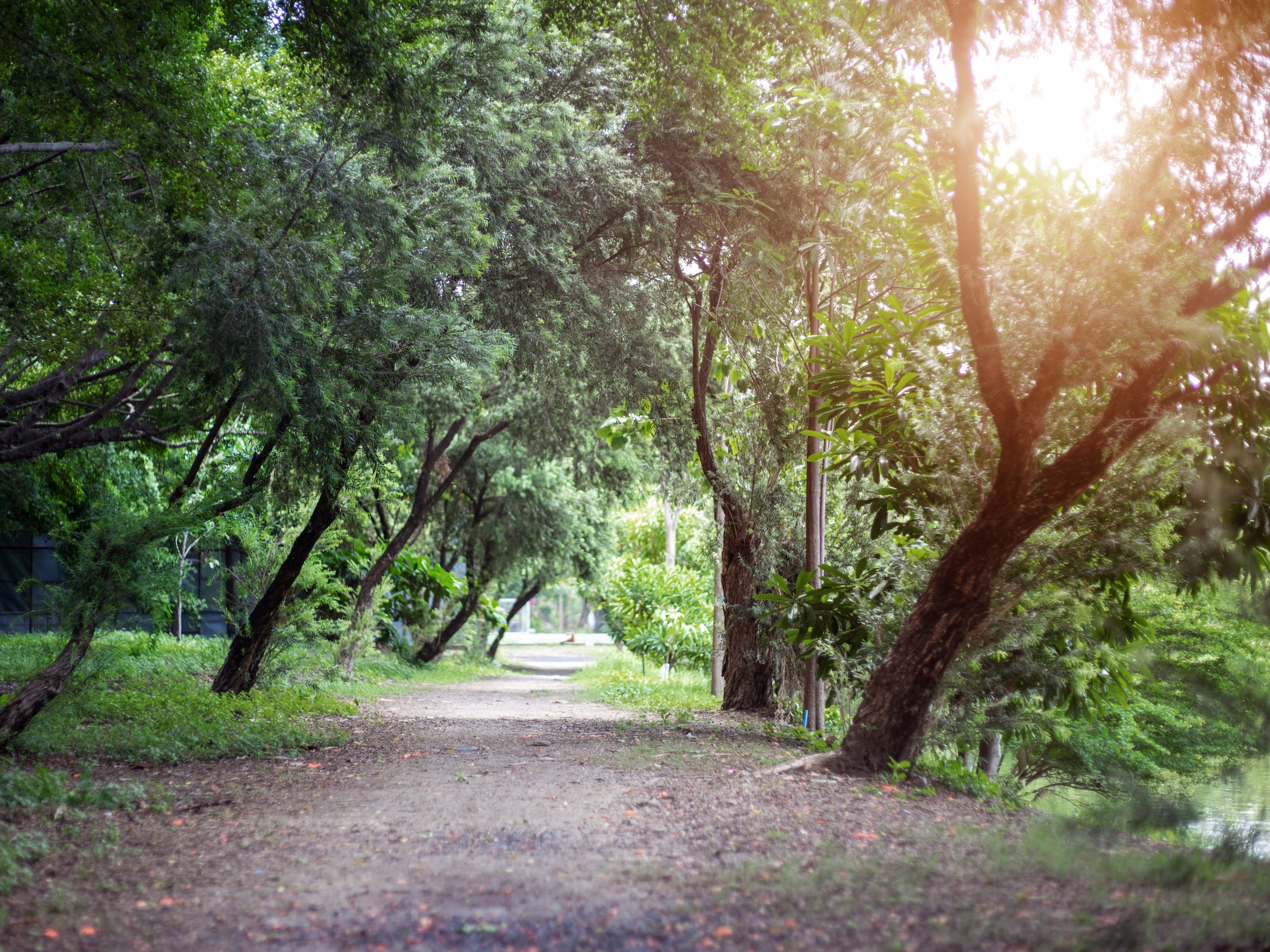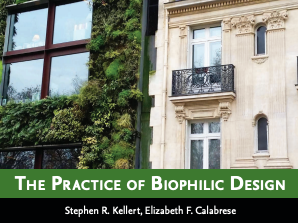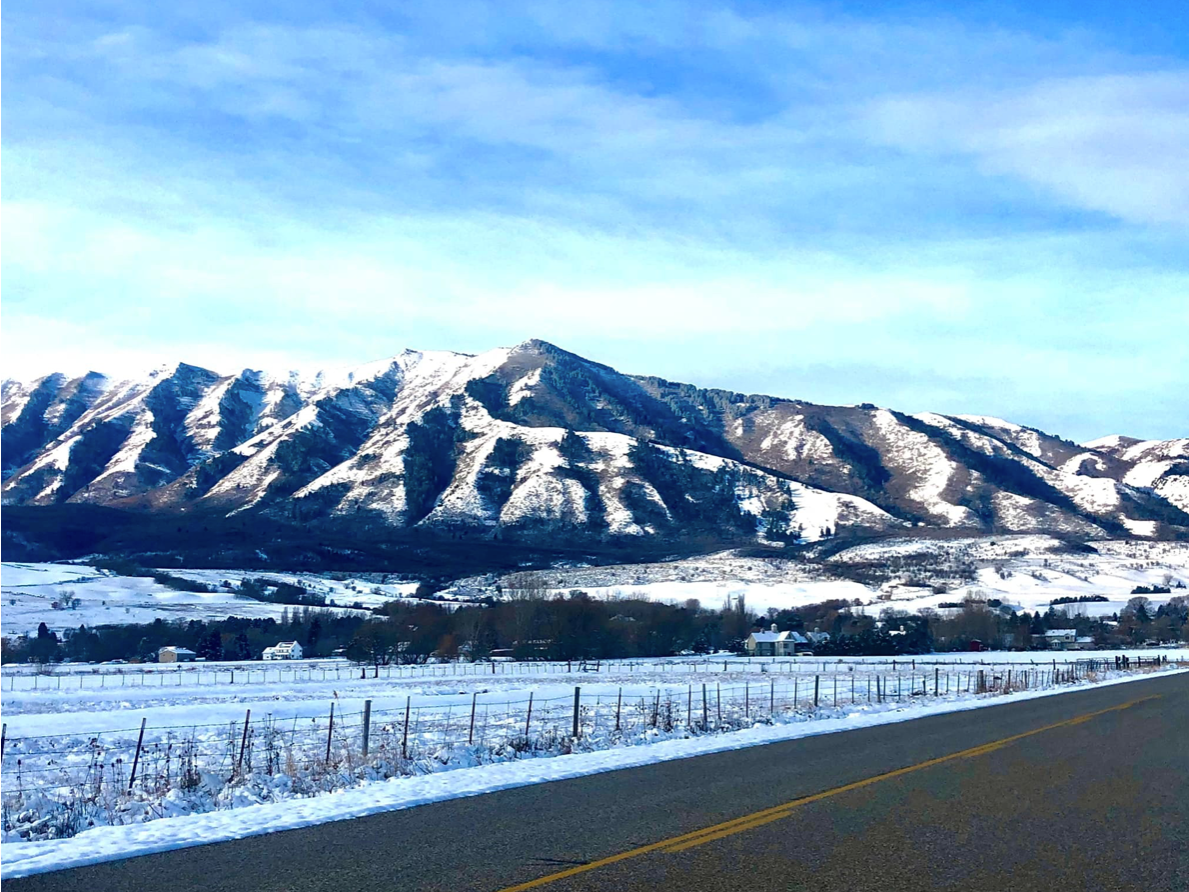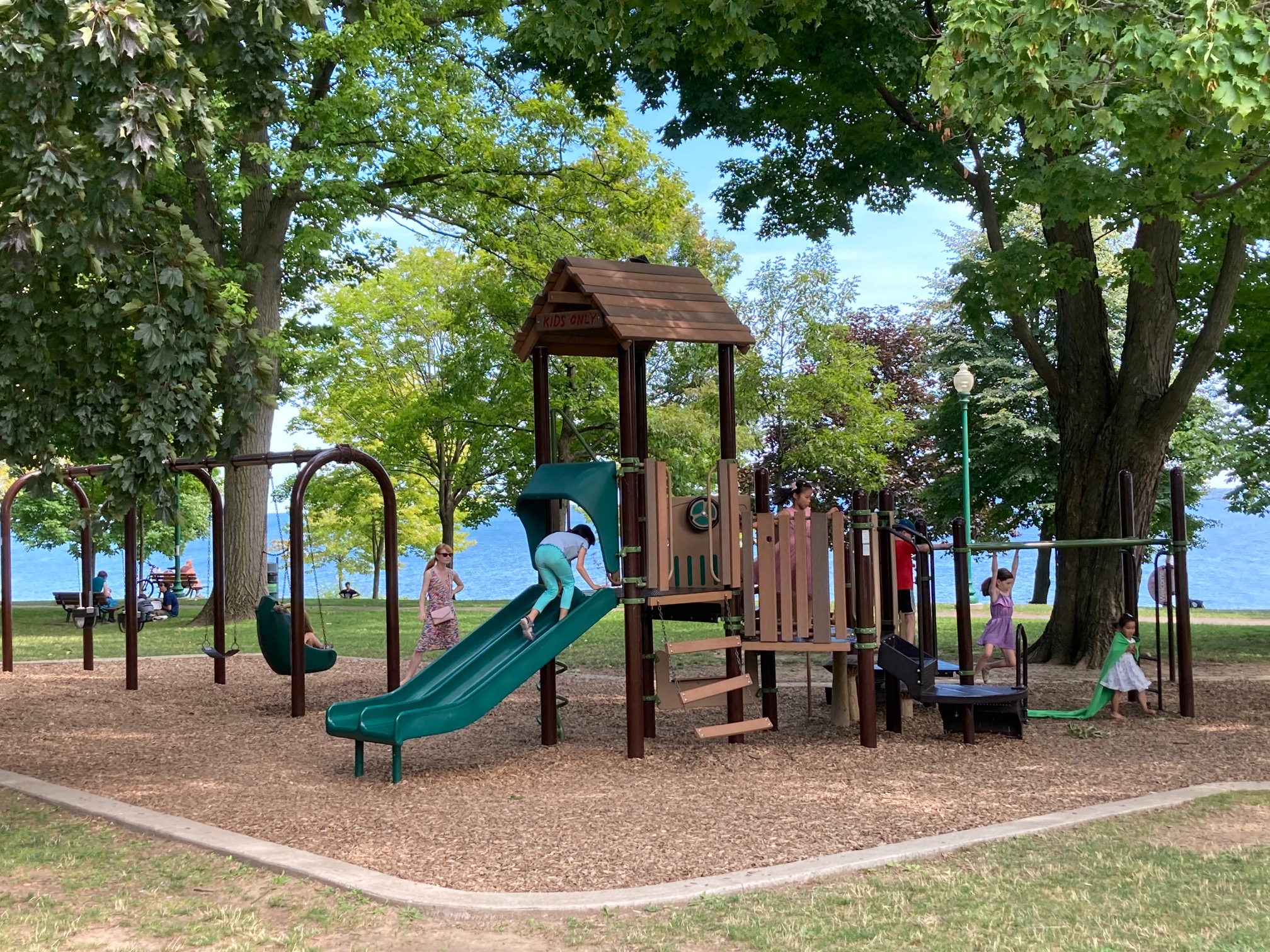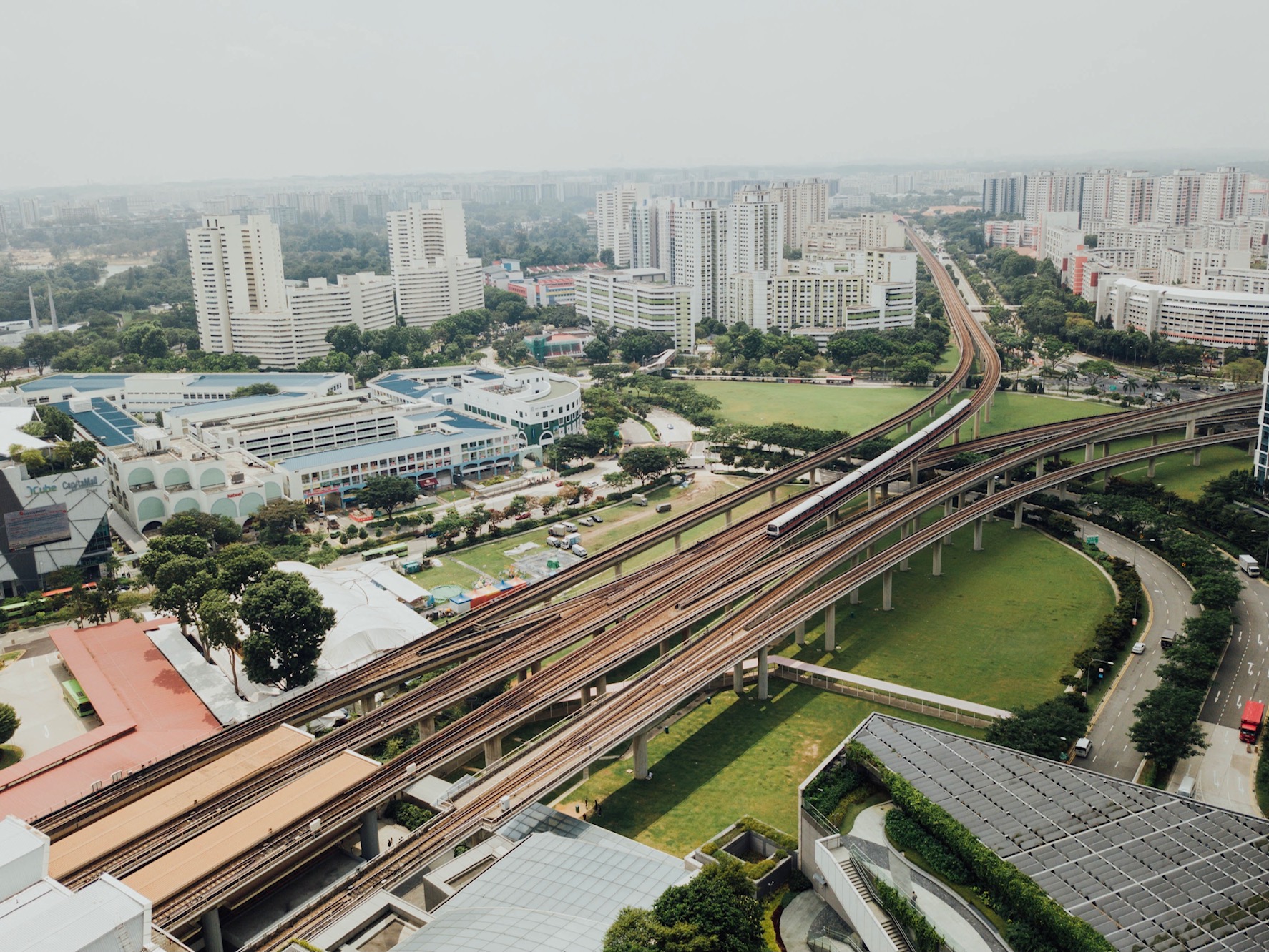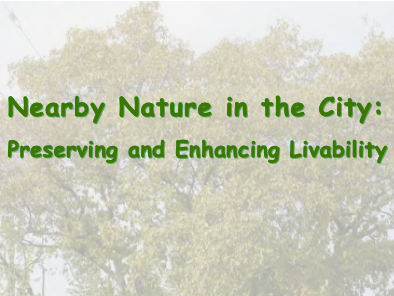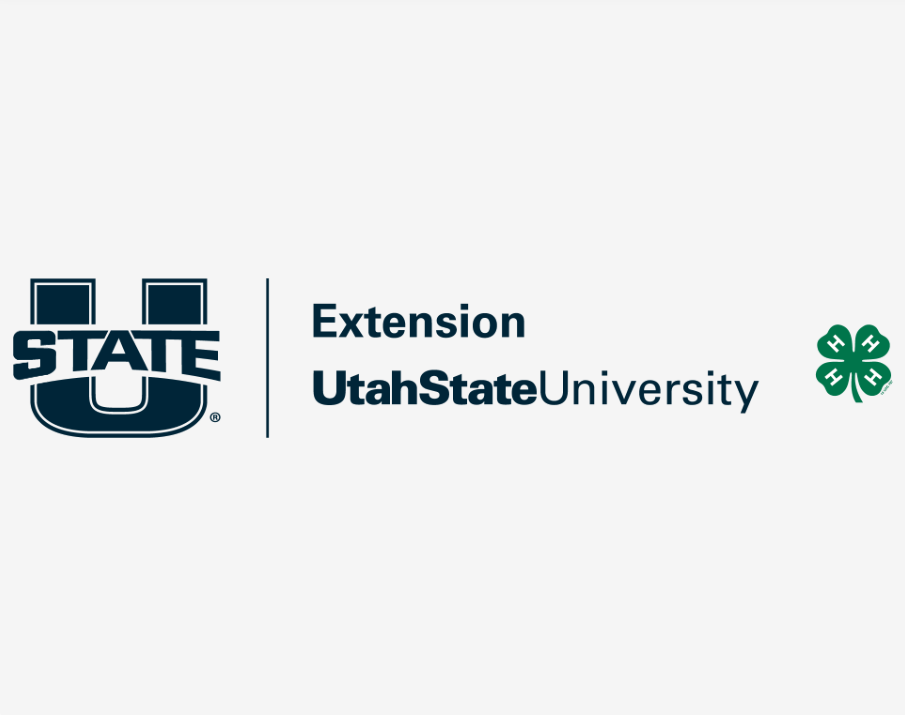Connection with Nature
What We Found
Natural landscape features such as mountains, rivers, and trails are important to the wellbeing of nearly all respondents.
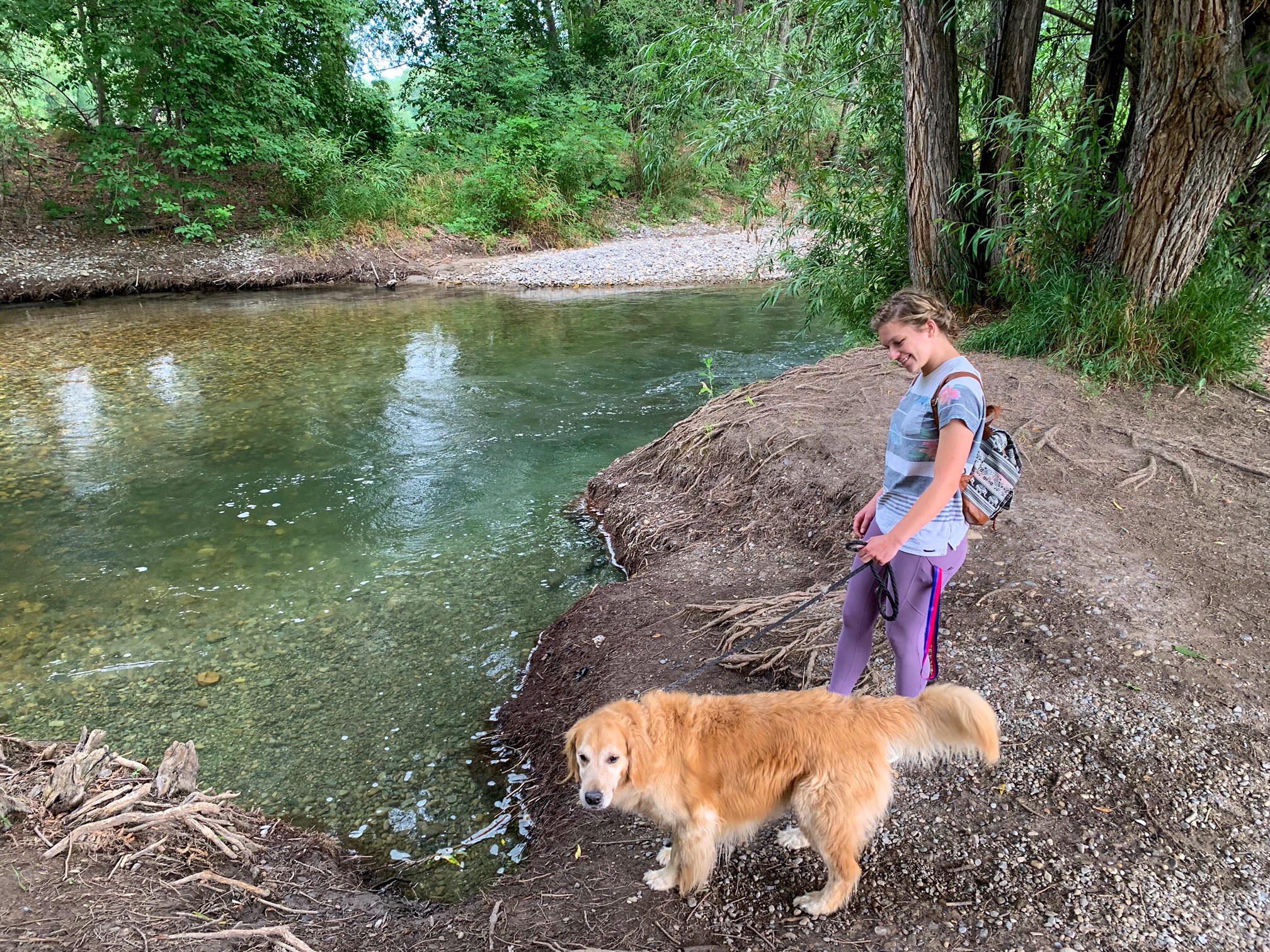
What it is
Connection with nature refers to a person’s relationship with the natural environment. In communities, connection with nature can be influenced by access to natural spaces and opportunities to participate in nature-based activities.
Why it matters
High levels of connection with and access to nature in communities have been shown to make residents more socially involved and feel happier, improve overall physical health, and decrease the occurrence of certain illnesses. In addition, having a variety of well-managed natural spaces within communities can positively impact the health of the local environment.
What you can do
Since access to nature is important for allowing residents to build a connection with nature, city leaders can directly influence human-nature relationships by considering nature in their policies and development strategies. We recommend that communities focus on providing (1) opportunities for direct use of nature with outdoor recreation activities and other naturalized public spaces, (2) opportunities for indirect use by maintaining views of nature, and (3) utilizing green infrastructure or nature-based solutions. Below you can find a list of targeted resources to learn more about connection with nature and ways to improve it in your community.
Resources and Links
Click the title of the resource or the associated image to be taken to the referenced link. The icons below indicate if a resource is geared toward community leaders or individuals.
Community Focus | Individual Focus
Community Tree Planting Grants
Link addresses the following recommendations: maintaining views of nature and utilizing green infrastructure or nature-based solutions
Guidelines for Parks, Recreation, and Green Space
Link addresses the following recommendations: outdoor recreation activities and other naturalized public spaces
The Practice of Biophilic Design
Biophilic design involves incorporating nature into community built environments to increase connection with the natural world and overall livability. Stephen Kellert and Elizabeth Calabrese are experts in biophilic design and planning and have produced a guide that teaches city planners how to incorporate nature into their development guidelines. The link above takes you to their Practice of Biophilic Design guide.
Link addresses the following recommendations: maintaining views of nature and utilizing green infrastructure or nature-based solutions
Preservation of Scenic Areas and Viewsheds
Utahn’s love their mountain views and as the state continues to grow, it can be important to determine how to maintain connections with nature through preserving scenic views. The link above takes you to a document from the New Hampshire Office of Strategic Initiatives (formerly the Office of Energy and Planning) about how to preserve scenic areas and viewsheds by providing decision-makers with ideas on how to determine their scenic zones and produce master plans that prioritize views of nature.
Link addresses the following recommendations: maintaining views of nature
Federal Funding and Tools
The City Parks Alliance is a non-profit group that focuses on advocating for federal financing of city parks to ensure equitable development of parks throughout all communities. They perform research, develop and track funding strategies, and offer various resources related to parks. The link above takes you to their Investing in Equitable Urban Park Systems guide. On their website in the drop down menu, a variety of other resources and funding strategies can be viewed.
Link addresses the following recommendations: outdoor recreation activities and other naturalized public spaces
Smart, Sustainable and Resilient Cities: the Power of Nature-based Solutions
Link addresses the following recommendations: utilizing green infrastructure or nature-based solutions.
Nearby Nature in the City Report
Link addresses the following recommendations: outdoor recreation activities and other naturalized public spaces and utilizing green infrastructure or nature-based solutions


